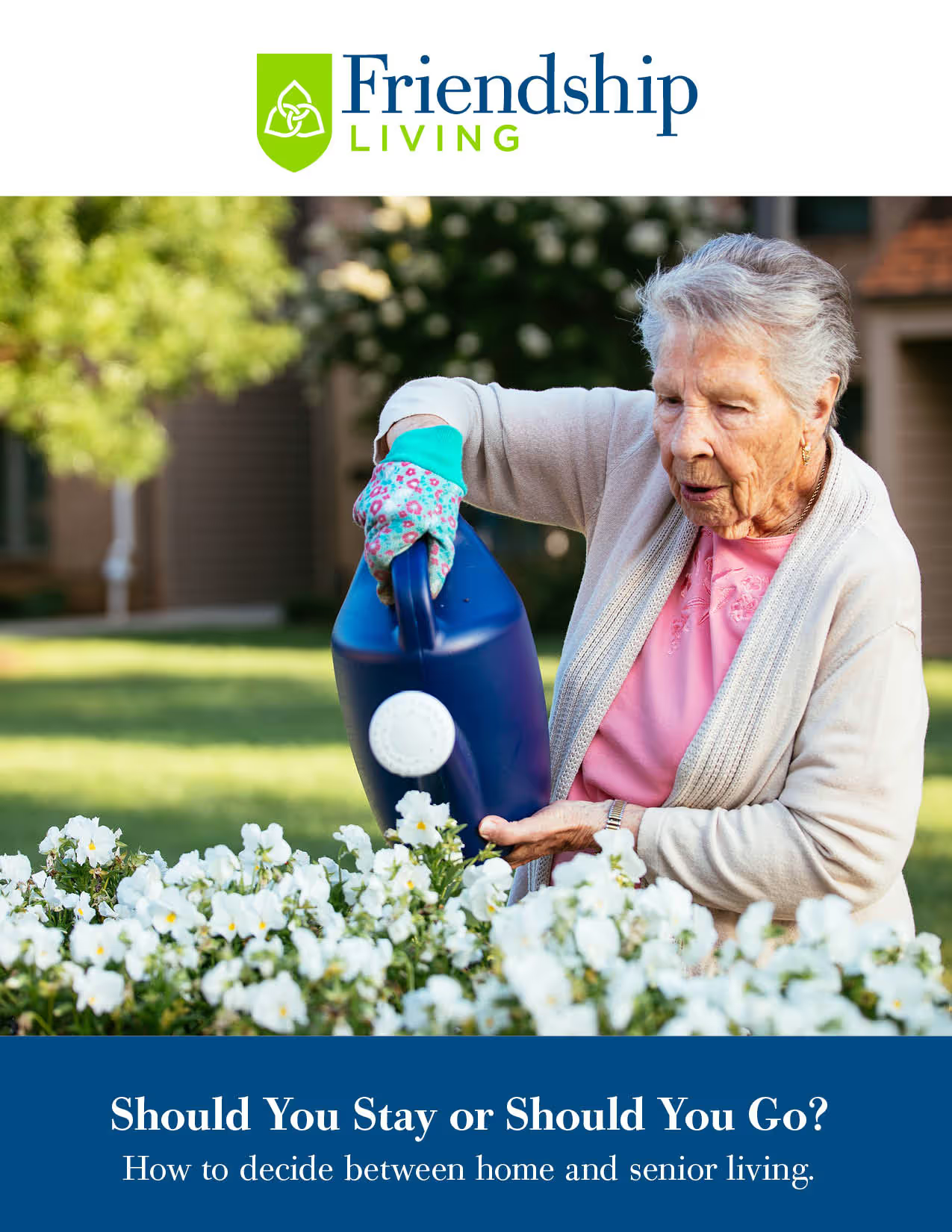
How Safe is Your Home for Aging in Place?

While home is typically the place where we feel the safest, that doesn’t necessarily mean that it is. Particularly for seniors. You may not realize that injuries from falls, home fires, and medication errors are much more common among those 65 and older. That’s why, if you’re considering aging in place at home you should consider these home safety tips to reduce your risk.
- Fall Safety – Make sure your walking paths are free of clutter and that electric cords are near walls and away from walkways. Remove throw rugs and check to ensure all carpets and large area rugs are firmly attached to the floor. Stairs in particular should be free of papers, shoes, books or other objects as well, make sure the handrail is sturdy and that there is adequate lighting with light switches at the bottom and top of the staircase.
Also, consider how your furniture is arranged; is it out of the way when you walk or do you frequently stub toes or knees? And are sofas and chairs the right height to easily get in and out of them?
In the kitchen, purchase a reach stick or sturdy step stool with a bar to hold on to if you frequently need to access items on high shelves. In the bedroom, have a light close to the bed and proper lighting along the path from your bed to the bathroom. In the bathroom, get a non-slip rubber mat or self-stick strips on the floor of the tub or shower and install grab bars to assist you in getting in/out of the tub or up from the toilet.
And don’t forget accessibility. If you have a mobility devices to maneuver around the home, do you have ramps and/or are the doorways wide enough for these devices?
- Fire Safety – Make sure to stay in the kitchen when you’re cooking and avoid wearing loose-fitting clothes. Keep flammable items like dishtowels, paper/plastic bags, and curtains at least three feet from your cooktop, and keep grills 10 feet away from the house, shrubs, or bushes. If you need to use space heaters, keep them at least three feet from anything flammable and always turn them off when leaving the room.
Conduct a fire safety check in the home on a regular basis and test smoke alarms/carbon monoxide detectors at least every six months. You should have these on every floor and near every bedroom along with fire extinguishers in easily accessible places. Also, have someone inspect your furnace and/or fireplace yearly. You might also consider installing a home fire sprinkler. Lastly, never leave a room with a candle burning and don’t overload electrical outlets or extension cords.
- Emergency Preparedness – Beyond fire, there are any number of emergencies that can happen at home and while all households should be prepared, as you age in place and/or live alone it’s particularly critical. In addition to 911, ensure you have poison control you’re your neighbors’ numbers handy. Also, make (and practice) an emergency response plan should you need to evacuate for any reason; ideally identifying two ways to exit your home. In case you must stay in your home for an extended amount of time without power, make sure you have a generator to keep oxygen and dialysis machines functioning in addition to your basic needs.
What’s more, a 24-hour personal emergency alert system is a must for seniors. This wearable call button will contact the appropriate first responder and/or a friend or family member in the event you need emergency help for any reason. At a minimum, always keep your cell phone with you and/or have a telephone near your bed, in the kitchen or anywhere you spend much time.
- Medication Safety – Seniors aging in place often find themselves managing multiple prescription medications each day on their own. As such, it’s easy to see how mistakes can be made. However, to reduce the likelihood of error, always follow your doctor’s instructions and read the package insert information. Take medications as long as prescribed, even if you feel better. Get prescriptions refilled early to avoid running out of medications. And keep track of medications as well as dosage times with written charts, pill containers that organize by day and time or even apps for your phone that allow you to set alarms.
Aging in Place Versus Safety in a Senior Living Community
These tips can certainly help improve safety when aging in place at home. But realistically it can be a hassle and can be costly particularly if you have to make modifications to your home to widen doorways or install wheelchair ramps, for example. However, senior living communities like ours
are designed specifically for accessibility and include fire safety features as well as emergency response systems, grab bars, ramps, and generators. Our team members are also onsite 24/7 and our specialized care programs include medication management. All you have to do is move in and enjoy the peace of mind!

